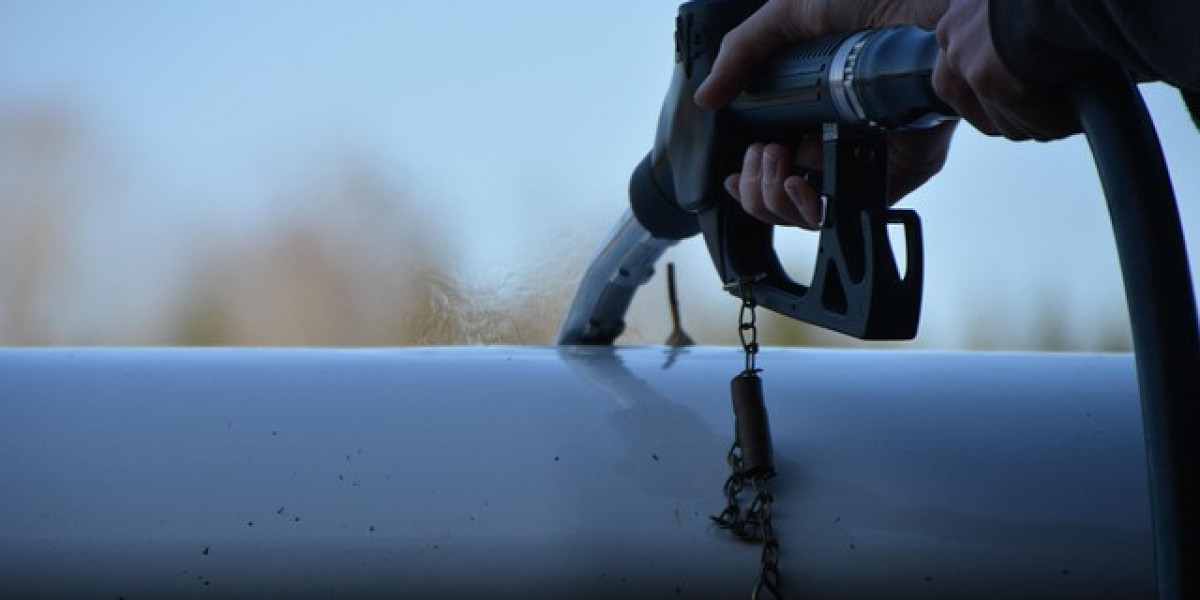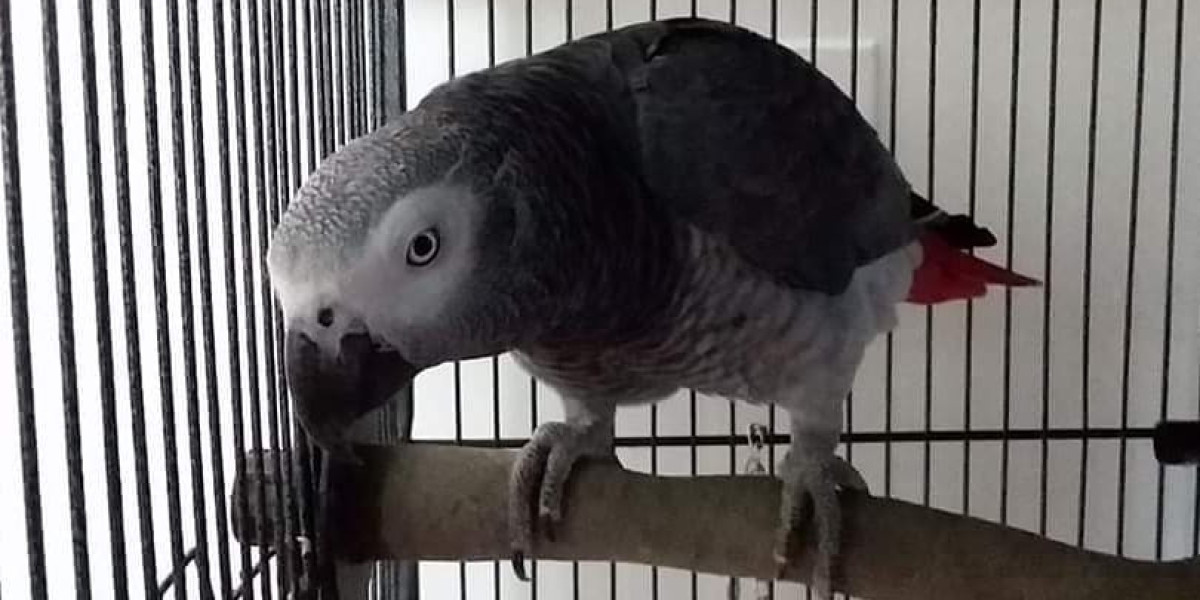When it comes to diesel engines operating in extreme conditions—military vehicles, construction machinery, or remote generators—simplicity, durability, and dependability are far more important than cutting-edge electronics. That’s where OMT fuel injection systems come in.
While modern vehicles rely on complex electronic systems to control fuel injection, OMT fuel injection stands out as a mechanical, field-serviceable system still trusted in some of the most demanding environments in the world.
What Is OMT Fuel Injection?
OMT fuel injection refers to a type of mechanical diesel fuel injection system, typically designed and manufactured by OMT (Officine Meccaniche Torino), an Italian company known for rugged, precision-engineered fuel components. These systems are widely used in heavy-duty engines, particularly in:
Military vehicles
Agricultural equipment
Construction machinery
Diesel generators
Marine engines
Unlike modern common rail systems, OMT fuel injection systems are purely mechanical, meaning they don’t rely on electronic control units (ECUs) or sensors. This makes them extremely durable, easy to repair, and ideal for field use where diagnostics and spare parts may be limited.
How Does OMT Fuel Injection Work?
OMT fuel systems are based on a plunger-type injection pump that delivers fuel to each cylinder at high pressure. Here’s how the system functions:
Fuel Drawn from Tank: A lift (feed) pump moves fuel to the main injection pump.
Fuel Pressurization: A plunger inside the pump pressurizes the fuel to extremely high levels.
Timing and Distribution: A cam-driven system times the injection precisely and distributes fuel to each cylinder.
Fuel Injection: High-pressure fuel is sprayed into the combustion chamber through injector nozzles.
Combustion: The atomized diesel mixes with compressed air and ignites, powering the engine.
All of this is achieved without electronic sensors or computers—just mechanical precision.
Key Components of the OMT System
Injection Pump: Pressurizes and times the delivery of fuel to each cylinder.
Injectors: Spray fuel in a fine mist into the combustion chamber.
Governor: Regulates fuel flow based on engine speed and load.
Feed Pump: Draws fuel from the tank to the injection pump.
Timing Mechanism: Controls when the fuel is injected in each cycle.
Benefits of OMT Fuel Injection
1. High Durability
OMT systems are built to handle extreme heat, dust, vibration, and mechanical stress without failure.
2. Mechanical Simplicity
With no electronic parts, there are fewer points of failure. The system can be repaired with basic tools and training.
3. Field Serviceability
Ideal for military or off-grid applications where access to diagnostic equipment is limited.
4. Consistent Fuel Delivery
Despite their mechanical nature, OMT systems are known for delivering highly consistent and precise fuel doses.
OMT vs Modern Fuel Injection
| Feature | OMT Fuel Injection | Modern Common Rail |
|---|---|---|
| Control Type | Mechanical | Electronic (ECU-based) |
| Emissions Compliance | Low | High |
| Fuel Efficiency | Moderate | High |
| Maintenance | Simple | Requires diagnostics |
| Reliability in Harsh Conditions | Very High | Moderate |
| Repair in the Field | Easy | Difficult |
While modern systems outperform OMT in emissions and efficiency, they are far more complex and sensitive, making OMT a better fit for rugged applications.
Maintenance and Troubleshooting Tips
Even the most durable systems need care. Here are some basic maintenance and troubleshooting tips for OMT injection systems:
Change fuel filters regularly to prevent clogging and injector damage.
Bleed air from the system after fuel filter replacement or during startup issues.
Check for leaks at pump seals and injector lines.
Calibrate the injection pump periodically for optimal performance.
Listen for hard starting or misfiring, which may indicate worn plungers or dirty injectors.
Who Should Use OMT Fuel Injection?
OMT fuel systems are best suited for:
Military applications, where reliability is critical and electronics may be vulnerable.
Remote operations, such as mining or forestry, where access to high-tech service is limited.
Heavy-duty industrial machinery, where mechanical systems are easier to maintain under load.
Legacy diesel equipment, where replacing with a modern system may not be practical or cost-effective.
Final Thoughts
OMT fuel injection systems are a testament to the power of mechanical engineering—simple, precise, and incredibly reliable. While they may not match modern systems in emissions or fuel economy, their value lies in unmatched durability, ease of maintenance, and continued performance in the harshest of environments.








